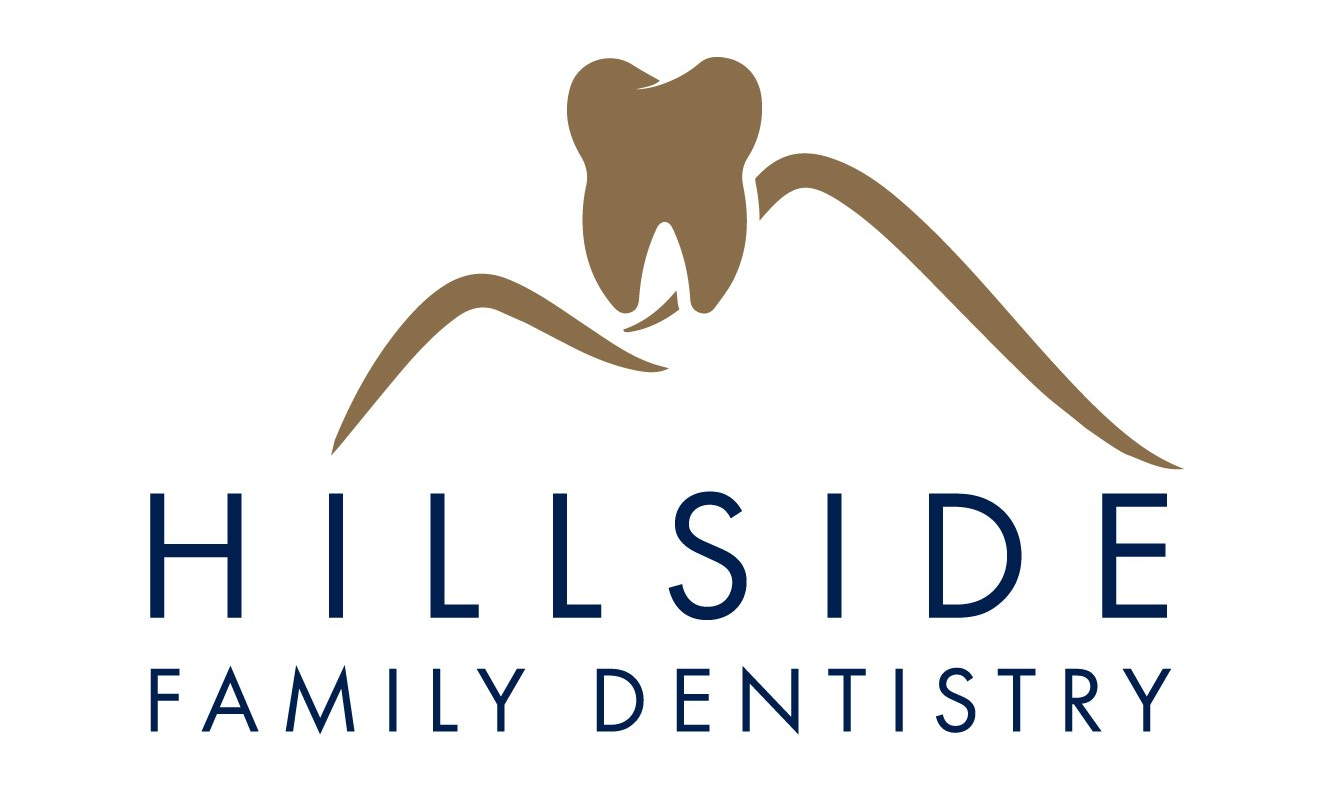Signs You Might Need a Root Canal
Nobody likes to think about needing a root canal, but sometimes, it's the best way to save a tooth and relieve pain. A root canal is a standard dental procedure that treats problems inside teeth. When the pulp, the soft tissue inside the tooth, gets infected or damaged, a root canal can remove the affected area and prevent further issues.
Understanding the signs that might indicate you need this treatment is essential. Recognizing and getting these signs checked by a dentist can help you avoid complications. Knowing when to seek help protects your dental health and keeps your smile strong and healthy.
Understanding What a Root Canal Is
A root canal is a dental procedure to treat infection or damage inside your tooth. The inside of a tooth contains soft tissue called pulp, which has nerves and blood vessels. When the pulp gets infected or injured, it can cause much pain and lead to more serious dental issues if not treated.
During a root canal, the dentist removes the damaged or infected pulp. The inside of the tooth is then cleaned and sealed to prevent further infection. The tooth is typically capped with a crown to restore its shape and function. Contrary to popular belief, the procedure is not as painful as it sounds. Modern technology and anesthesia are similar to getting a filling.
Root canals save teeth that might otherwise have to be removed. They help maintain your natural smile and allow you to keep eating the foods you love. The goal of a root canal is to get rid of pain and infection while preserving the tooth for as long as possible.
Common Symptoms Indicating You Might Need a Root Canal
Recognizing the signs that you might need a root canal is very important. Here are some common symptoms to watch for:
1. Tooth Pain: Persistent pain, especially when chewing or applying pressure, is a significant indicator. This pain can range from mild to severe and can be constant or come and go.
2. Sensitivity: If your tooth is sensitive to hot or cold temperatures, and the sensitivity lingers even after the hot or cold source is removed, it might be a sign of infected or damaged pulp.
3. Swelling and Tenderness: Swelling around the tooth or in the gums nearby can indicate an infection that requires treatment. Tenderness or a feeling of pressure might also be present.
4. Discoloration: A tooth that becomes dark or discolored may have damaged pulp. This discoloration can indicate that the tooth is dying or has an infection.
5. Pimple on Gums: The appearance of a small bump, similar to a pimple, on the gums near the affected tooth can indicate an abscess. This bump might ooze pus, signaling an infection.
If you notice any of these symptoms, visiting a dentist as soon as possible is crucial. Early treatment can save your teeth and prevent more severe problems. Recognizing and addressing these signs quickly will help keep your dental health in check.
Why Ignoring These Signs Can Be Harmful
Ignoring the signs that you might need a root canal can lead to serious dental issues. One significant consequence is the spread of the infection. When the pulp inside your tooth is infected, the bacteria can spread to other parts of your mouth, through your blood, and even to different parts of your body. This can result in more severe complications that require more extensive treatments.
Another issue is the risk of developing an abscess. An abscess is a pus-filled pocket that forms at the end of the tooth's root. This can cause intense pain, swelling, and even damage the surrounding bone. Abscesses can lead to systemic infections requiring hospitalization if not addressed promptly.
Additionally, ignoring these signs can result in tooth loss. If the infection is left untreated, the tooth may become so damaged that it cannot be saved. Losing a tooth affects your ability to chew and speak properly. It also impacts your smile and overall dental health. Replacing a lost tooth is often more complicated and expensive than treating the problem early with a root canal.
What to Expect During a Root Canal Procedure and Recovery
Understanding what happens during a root canal procedure can ease your worries. First, the dentist will use local anesthesia to numb the area around the affected tooth. This ensures you feel comfortable and pain-free throughout the procedure. Next, a small opening is made in the tooth's crown to access the pulp chamber.
The dentist then removes the infected or damaged pulp using tiny instruments. The inside of the tooth is cleaned and shaped to allow for filling. Once the cleaning is done, the tooth is filled with a rubber-like material called gutta-percha. This seals the tooth and prevents future infections.
After the procedure, the tooth is temporarily sealed until a permanent crown is placed. The dentist will schedule a follow-up visit to fit the crown, which is custom-made to match the rest of your teeth and restore the tooth's functionality and appearance.
Recovery from a root canal is generally smooth. You might feel some mild discomfort or sensitivity for a few days. Over-the-counter pain relievers usually help manage this. It's essential to follow the dentist's aftercare instructions, such as maintaining good oral hygiene and avoiding hard foods for a while. Regular dental check-ups ensure your tooth stays healthy.
Conclusion
Signs that you might need a root canal can be worrying, but understanding them is the first step to getting the proper treatment. Knowing and addressing the symptoms early can avoid more serious dental problems and ensure your oral health stays in top shape. Root canals are a common and effective way to save your natural tooth, relieve pain, and prevent further infections.
Ignoring the signs can lead to more complicated issues, like abscesses and tooth loss, which are more complex and costly. By recognizing the importance of prompt dental care, you protect your smile and overall well-being. Though it sounds intimidating, the root canal procedure is usually comfortable and straightforward, as with modern dental techniques.
If you think you need a root canal, don't wait. Schedule an appointment with us at Hillside Family Dentistry. Our experienced team will provide the
preventive dental services and guidance you need. Take action today and give your teeth the attention they deserve.
CONTACT
CONTACT US TO SCHEDULE YOUR APPOINTMENT TODAY!
Business Hours
- Mon - Fri
- -
- Sat - Sun
- Closed
Serving Patients from Acworth and Surrounding Areas:
Serving Patients from Acworth and Surrounding Areas:
- Atlanta
- Marietta
- Kennesaw
- Hiram
- Woodstock
- Cobb County
- Cartersville
- Dallas
- Paulding County
Serving Patients from Acworth and Surrounding Areas:
- Atlanta
- Marietta
- Kennesaw
- Hiram
- Woodstock
- Cobb County
- Cartersville
- Dallas
- Paulding County
Thanks for choosing us as your preferred dentist in Acworth
FOLLOW US
All Rights Reserved
Dentist Websites by Energize Group

